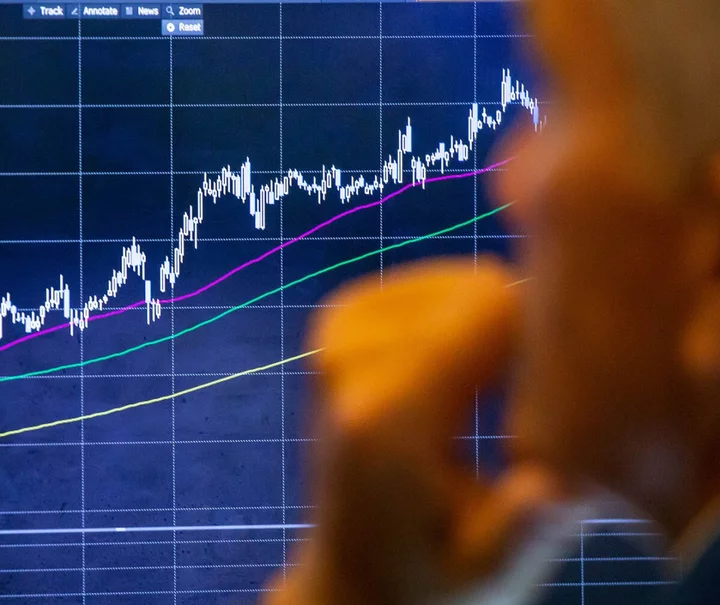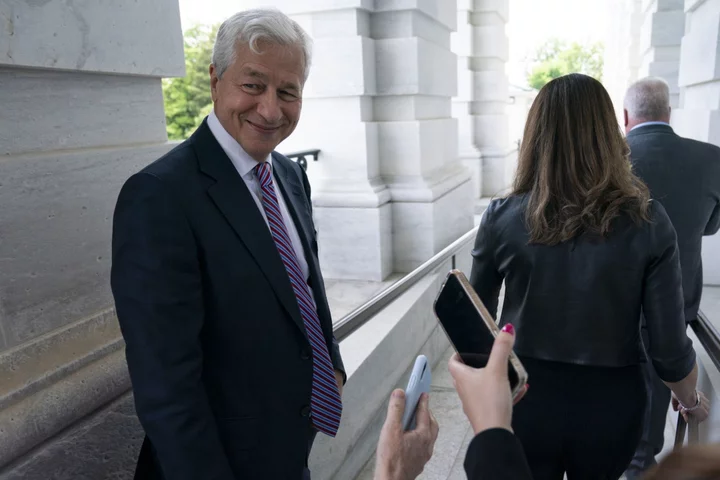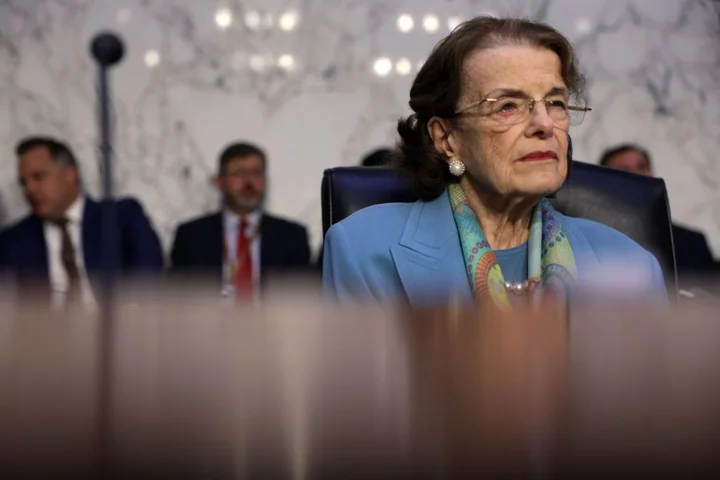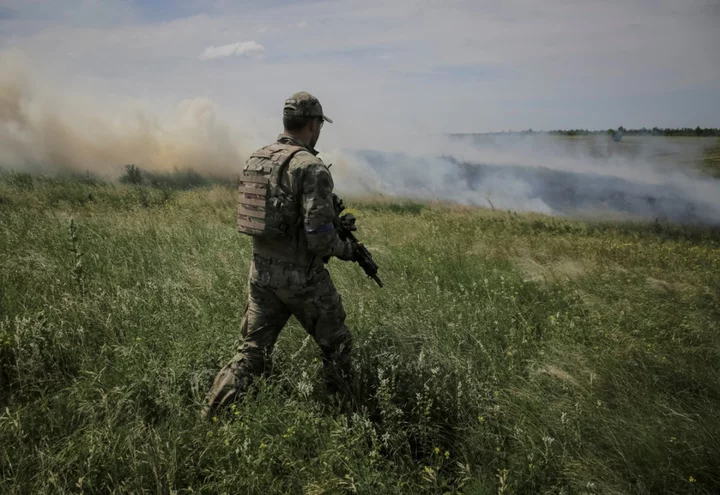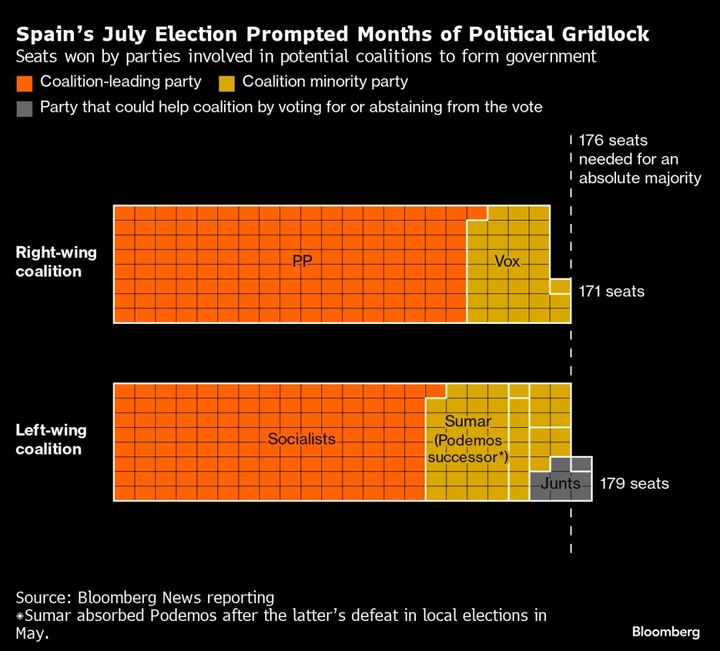Russia’s crude breached the price cap set by the Group of Seven nations, while revenue from oil exports soared to an eight-month high, according to the International Energy Agency.
The price of the country’s seaborne crude shipments last month jumped to $64.41 a barrel on a weighted average, “smashing” the $60 price limit set last year by the G-7, the IEA said in latest monthly report.
Read more: Russian Flagship Oil Breaches Price Cap in Blow to Sanctions
The Western alliance imposed the cap to simultaneously limit the stream of petrodollars to Moscow amid the war in Ukraine and keep Russian oil flowing to global markets. Since Russia is one of the world’s top producers, too-severe restrictions risked causing a broader spike in prices.
While the US-led effort has so far avoided that threat of an unintentional spike, the surge in oil revenue to an eight-month high exposes how successful Russia and its allies have been restructuring the market to partly avoid the limits and capture price increases for oil transported outside the cap program.
Under the cap system, companies can move Russian oil only if they pay less than the threshold price — or else lose access to key services like insurance.
The effect has been a complete redrawing of the global crude trade, with Moscow finding buyers mainly in India and China to fill the gap as Europe shuns Russian oil. Russia has relied heavily on a shadow fleet of aging tankers as it continues to find a market for its crude. Those transactions helped move the average price of Russian oil trades above the $60 cap.
With Russian grades now trading above the G-7 allowed price, the chances of accidentally pushing prices higher might be increasing. If shippers and insurers grow cautious of taking Russian cargoes that may be above the limit, that risks further tightening supplies and potentially driving global prices higher.
In a statement, Treasury Department spokeswoman Megan Apper said the price cap is working and noted that sales above $60 aren’t a violation of the cap if they don’t use Group of Seven coalition services.
“Russian oil revenue is down nearly 50% from a year prior,” Apper said. “Any money Russia spends to create an ecosystem outside of the price cap takes resources away from its ability to fund its barbaric war.”
Apper pointed to an Aug. 3 speech in London by Eric Van Nostrand, the acting assistant secretary for economic policy, who similarly dismissed anxiety around prices rising above the level of the cap and said the cap is still limiting Russian revenues.
The price strength of Russia’s Urals crude reflects supply tensions for sour grades amid supply cuts within the OPEC+ oil alliance, the IEA said. Russia is also seeing an increase in demand from its refineries following seasonal maintenance. Export curbs by the country should continue to support prices, according to the agency.
In exceeding the price limit, Moscow has bolstered its oil revenue, a key source of funding amid the rising cost of its war efforts. Russia earned $15.3 billion from exports of its crude and fuel in July, up by almost 20% from previous month, according to the IEA. Still, the country’s oil revenues were down by more than a fifth from a year earlier.
In response to Western sanctions, Russia pledged to curb crude production by 500,000 barrels a day, using February output as a baseline, though there was scant evidence of adherence to this commitment earlier this year. However, Moscow “more than fulfilled” this voluntary cut in July, the IEA said. Russia has also vowed to curb crude exports in August by 500,000 barrels a day, continuing those reductions at a tapered level in September.
Russia’s oil exports remained steady in July at 7.3 million barrels a day after declining in June on a monthly basis, according to the IEA. Higher shipments of fuels helped offset lower loadings of crude, the agency said.
Read more: Russia Raises July Oil Processing as Major Maintenance is Over
--With assistance from Christopher Condon.
(Updates with Treasury comment from eighth paragraph.)


